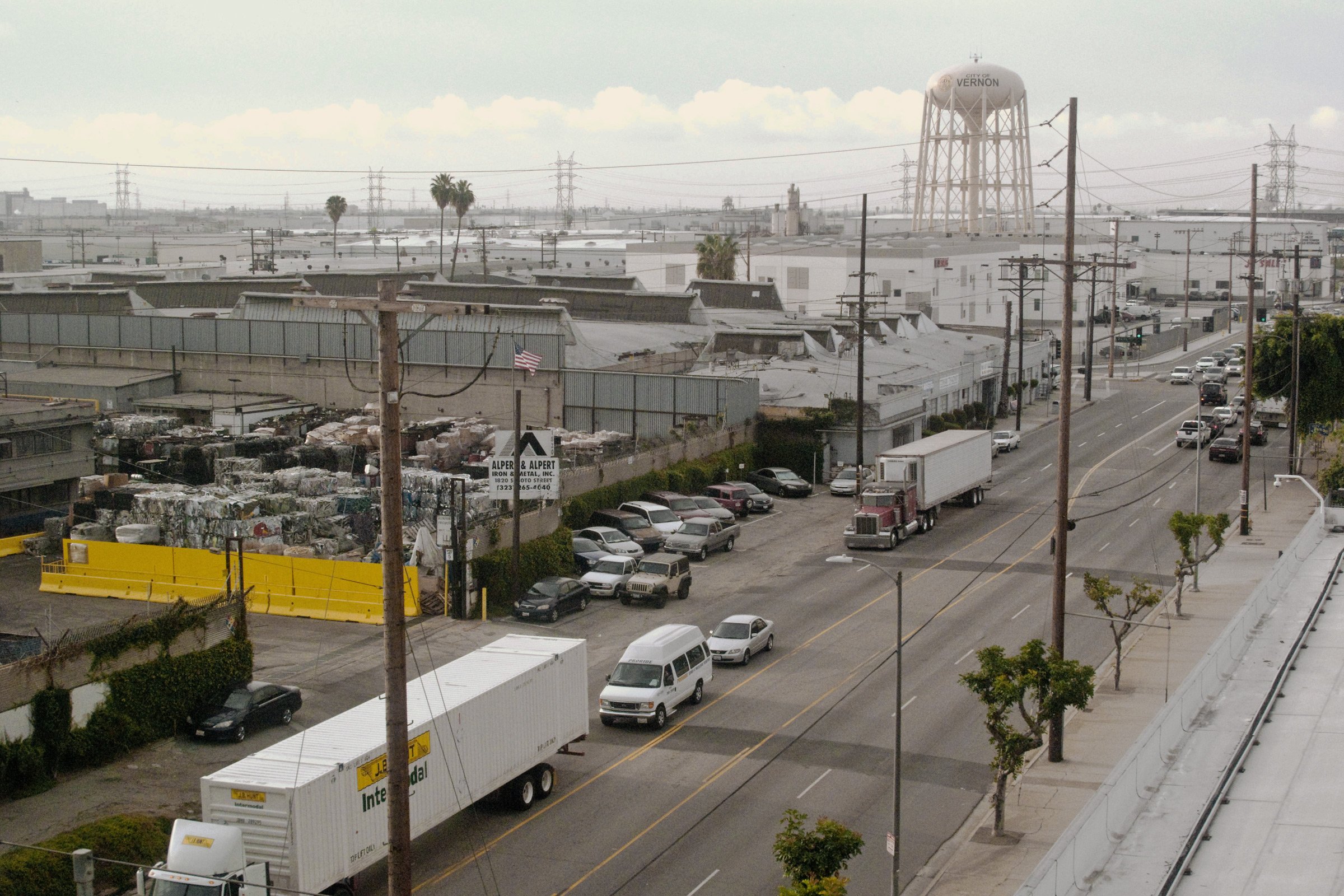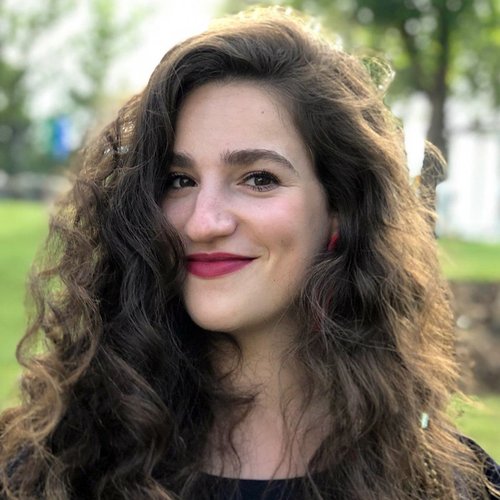
Defining a healthy future for a historically industrial city
(7 min read)
For over a century, the City of Vernon’s motto has been Exclusively Industrial! That dedication to powering industry in Los Angeles slowly calcified into five square miles of warehouses and manufacturing facilities, with zero green space and a reputation for environmental hazards. In 2023, Vernon’s leadership committed to change.
They envision the city’s transformation from an industrial zone to a dynamic, mixed-use area for working and living. Alongside our partner, Wellness Equity Alliance (WEA), Field States developed research-based strategies to align urban design and economic development with what we call place-based factors of public health—helping both Vernon and WEA think about their future in a new light.
“Vernon is in an exciting moment of transformation. Field States assessed the needs of our growing population with rigor, and their creative strategies are unlocking shared wins across the City’s departments as we define the future of public health and urban design.”

Angela Kimmey
Deputy City Administrator
City of Vernon
The City of Vernon is an essential manufacturing and logistics hub with a massive transient workforce and tiny residential population, nestled between some of the trendiest districts and lowest-income neighborhoods in California. Its industry-driven strategy for economic development has resulted in a warehouse-dominated landscape rife with health hazards, including air and chemical pollution, extreme heat and noise.
Their new direction includes a significant increase in residential population, with radical implications for urban form, public health services, and beyond. Vernon asked Wellness Equity Alliance—a leading public health strategy and service provider with a focus on historically marginalized populations—to conduct a Community Health Needs Assessment (CHNA) and establish a municipal public health department.
WEA hired Field States to contribute to their research, planning and strategy process. Our three organizations laid groundwork for transforming Vernon’s industrial zone into a vibrant, inviting home for thousands, and improve conditions for workers commuting to the city each day.

Vernon’s bold vision for their future has massive implications for urban form, economic activity, and public services. Thousands of decisions by leadership—related to real estate development, anchor industries, transportation and more—can all be designed to advance public health objectives.
This presents a rare opportunity to embed an expansive public health agenda in the urban form, using tools and strategies from outside the conventional playbook.

While our work centered on the City of Vernon, it also revealed a broader idea of how WEA could champion a new approach to healthcare across the country, by embedding place-based factors into its Community Health Needs Assessment process.
Field States produced research-backed strategies at the intersection of public health, urban planning, and municipal operations. We drafted action-oriented recommendations that can tangibly benefit Vernon’s community as the city transforms.
Our guiding question
How can public health objectives guide Vernon’s urban design and economic development?
Through deep research, stakeholder interviews, and workshops, we created a report unique to Vernon’s needs and opportunities. We provided a set of strategies for multisolving—aligning municipal operations, urban design, external partnerships, and resident-facing programs so they have an outsized impact on critical public health (and urban) indicators.
Ultimately, our work was core to WEA’s Community Health Needs Assessment (presented to and approved by Vernon City Council). We also produced a standalone Place-based Factors of Public Health Report (presented directly to the Vernon Deputy City Administrator and Director of Public Works).
💡 What is Multisolving?
Pooling expertise, funding, and political will to solve multiple problems with a single investment of time and money—an approach with great relevance in this era of complex, interlinked, social and environmental challenges.
Stanford Social Innovation ReviewOur “Place-based Factors of Public Health” report for the City of Vernon
1
Defining place-based factors of public health
What is the state-of-the-art of crossover research between urban design, architecture, and public health, regarding place-based factors of public health? What are the best practices?
Human health and the built environment go hand in hand. Our first step was to make that link more precise and actionable. Air quality, green space, active mobility, and even social cohesion all impact our health, so place-based interventions are a powerful tool to improve both individual and population level outcomes.
Identify place-based factors
Research and expert interviews pointed to 10 place-based factors that significantly influence public health in cities. Our work also surfaced a set of best practices across industries (from architecture to data science).
Find global examples
We documented this body of knowledge with a focus on applicability to any context. The chosen set of factors of public health, as well as the tactical best practices for addressing them, are relevant to any city that WEA might work with in the future.
2
Prioritizing key factors for Vernon
Which place-based factors are most relevant to the city of Vernon?
Our research established a strong foundation—a clear set of place-based factors of public health, and intervention tactics that have proven useful for evaluating any urban context. Our next step was to prioritize the most relevant, impactful factors for Vernon.
Surface Vernon health needs
Desk research, resident engagement (through WEA’s Community Health Needs Assessment, or CHNA), and a GIS-based analysis from our data partner RS21 surfaced the health needs of the local population, as well as relevant conditions in Vernon (e.g. commuting patterns, air quality, heat index).
Prioritize place-based factors
We prioritized key place-based factors that are most relevant to Vernon based on (1) Severity in the local context; (2) Relevance to the current and future population; (3) Potential for immediate and longer term impact on the improvement of human and planet health.
3
Recommending strategies for action
What are the most feasible, high-impact initiatives that Vernon City government and WEA can implement? How do those scaffold into a long-term strategic effort?
Finally, with research done and context analyzed, we applied strategic design principles to determine the most valuable courses of action.
Identify leverage points
We conducted interviews with City staff to understand opportunities and constraints.
Support our hypotheses
In a workshop, we matched organizational opportunities and constraints with the prioritized place-based factors, and backed them up with case studies.
Make it actionable
Field States recommended interventions (within the municipality, plus partner-based projects) that will have compound effects, and delivered a strategic roadmap for their implementation.
Building a New Practice for WEA
Field States has worked with the Wellness Equity Alliance since their inception, helping crystallize their mission, value proposition and organizational form.
With this project, we saw an opportunity for WEA to evolve how they evaluate and implement public health services.
Our report for Vernon can be a template, enabling WEA to more deeply integrate place-based approaches into their methodology.
“In order to influence systemic change, we have to intervene at the organizational level, shifting how people work—and how they define their work’s scope and scale.”

Toban Shadlyn
Partner, Field States
Place-based Multisolving
We believe the best solutions are informed by blending ideas from across various domains—but in the United States, working at the intersection of place-based design, policy, and public health isn’t common practice:

Combining scales
Ground-level understanding enabled by community participation, blended with larger patterns revealed in data

Combining domains
Spanning place-based design, policy, community-focused activation, and public health
A strong focus of our work was to develop a general set of strategic, place-based interventions spanning across conventional scales and domains to improve public health.



The work in Vernon is ongoing—WEA is establishing a public health service provision network, and the municipality is developing its strategic agenda for urban and economic development. As this work moves into the next phase, WEA will be piloting and testing how, where, and which sorts of health services are most needed and desired by the local community. This will initially take the form of mobile vans and central hubs that serve businesses and workers.
Field States is continuing to support the design and implementation in Vernon, and is working with WEA on grant funding to implement place-based factors of public health in other contexts around the US.
Outcomes
1
Vernon is moving forward with urban development planning and policy approaches, with our recommendations as input
2
WEA began outreach efforts and setting up mobile clinics for businesses and their employees in 2023
3
Field States and the City of Vernon are co-applying for grant funding to do a collaborative project focused on the most urgent place-based factor of public health: extreme heat
Note: The work product described in this case study is the property of WEA (wellnessequityalliance.com). Image reproductions and quotes are presented here with the explicit approval of the owner.



